Throughout history, religious fundamentalism has often led to the targeting and destruction of cultural heritage, leaving humanity poorer for the loss. From ancient libraries brimming with irreplaceable texts to architectural marvels that stood as testaments to human ingenuity, the zeal to purify and conform has cost us dearly. Here we recount some of the most significant treasures lost to the fires of religious extremism.
1. The Ancient Library of Alexandria

Perhaps the most legendary loss to human knowledge, the Library of Alexandria was established in the 3rd century BCE in Egypt. It was a crucible of learning and scholarship, housing hundreds of thousands of manuscripts on everything from philosophy to science. While its destruction is attributed to multiple events through history, one account implicates Theophilus, the Patriarch of Alexandria, who in 391 CE purportedly orchestrated the demolition of the temple complex that housed part of the library, driven by Christian zeal to eliminate pagan knowledge.
2. The Buddhas of Bamiyan
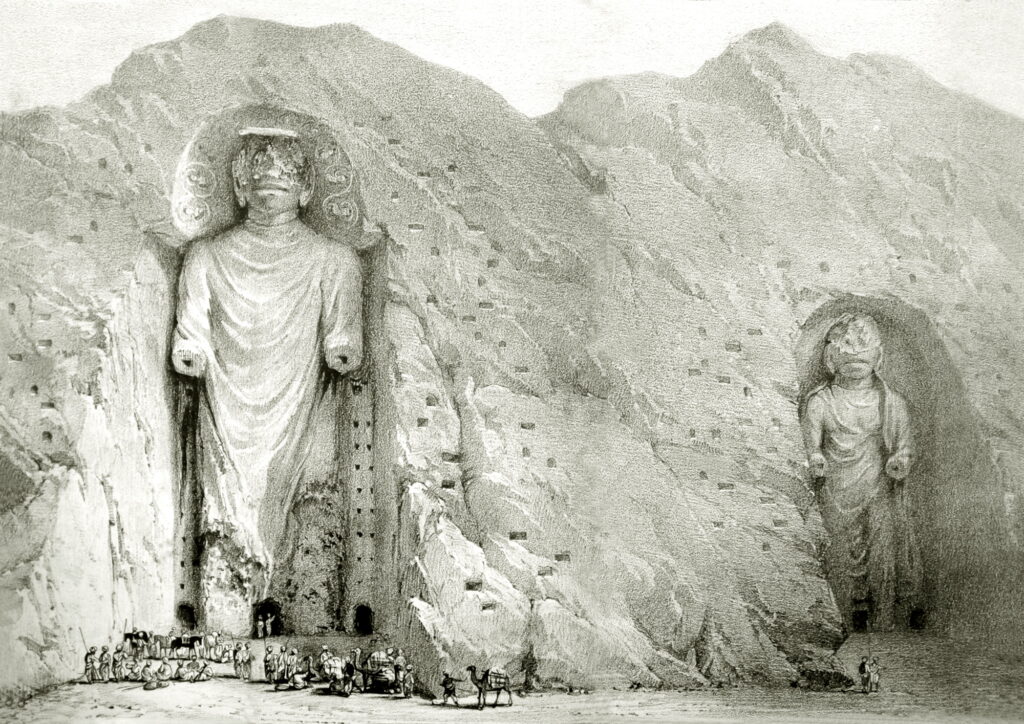
These monumental 6th-century statues carved into the cliffs of Bamiyan Valley in Afghanistan stood as a heritage site of global importance until 2001. The Taliban, deeming the statues idolatrous under Islamic law, demolished them with explosives. This act not only destroyed the statues but also erased a page from the historical narrative of religious and cultural diversity in the region.
3. The Sufi Shrines of Timbuktu
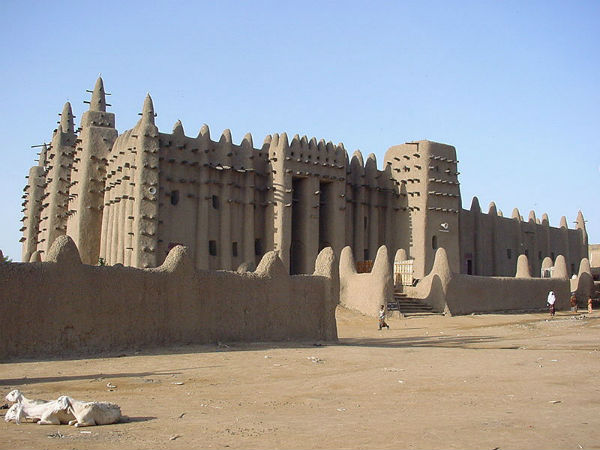
In 2012, militants linked to Al-Qaeda in the Islamic Maghreb embarked on a systematic destruction of UNESCO-listed Sufi shrines in Timbuktu, Mali. These shrines, some centuries old, were revered as important spiritual and historical sites. The militants considered the shrines, dedicated to Islamic saints, to be idolatrous, leading to their tragic demolition.
4. The Synagogues of Europe

In the pogrom known as Kristallnacht in 1938, Nazi forces and sympathizers across Germany and Austria, identifying as Christians, vandalized and destroyed over 1,000 synagogues, along with countless other Jewish-owned establishments. This event marked a significant escalation in the Nazi campaign against the Jewish people, leading to the Holocaust.
5. The Medieval Armenian Monasteries
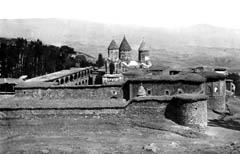
During and after the Armenian Genocide of 1915, many monuments and churches were destroyed as part of the Ottoman Empire’s effort to erase the Armenian people’s physical and cultural presence. This included numerous medieval buildings and countless khachkars, intricately carved cross-stones characteristic of medieval Christian Armenian art.
6. The Temple of Bel in Palmyra
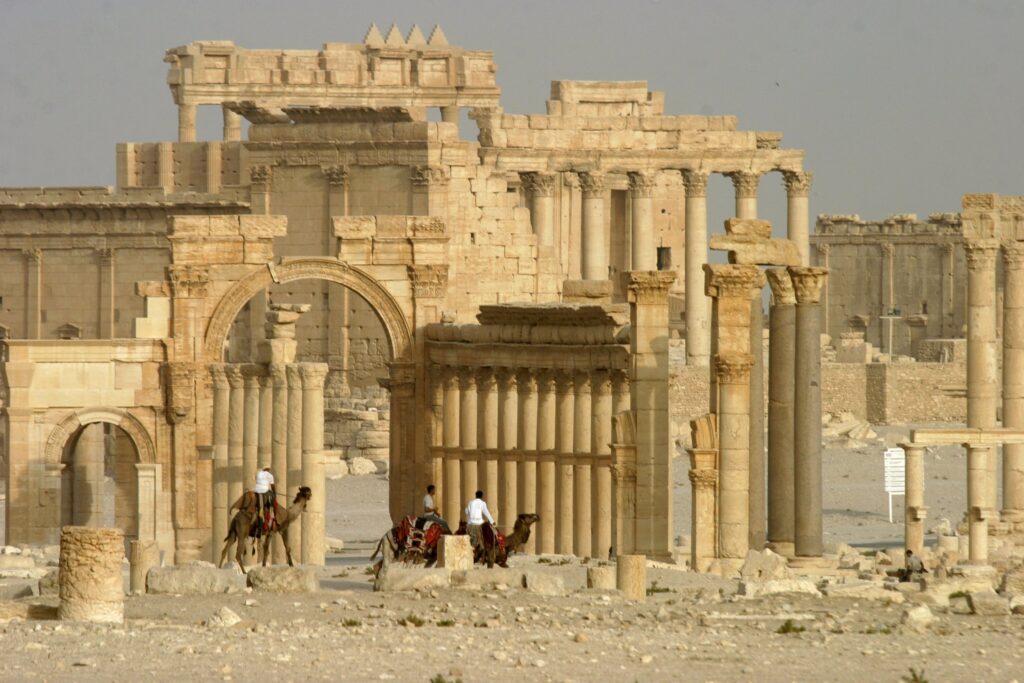
The ancient city of Palmyra in Syria, a caravan city of the Silk Road, was home to the magnificent Temple of Bel—dating back to 32 CE. This architectural marvel was destroyed by ISIS in 2015 as part of their campaign against what they considered polytheistic heresies. The loss was a significant blow to world heritage and historical scholarship.
7. The Tomb of Jonah
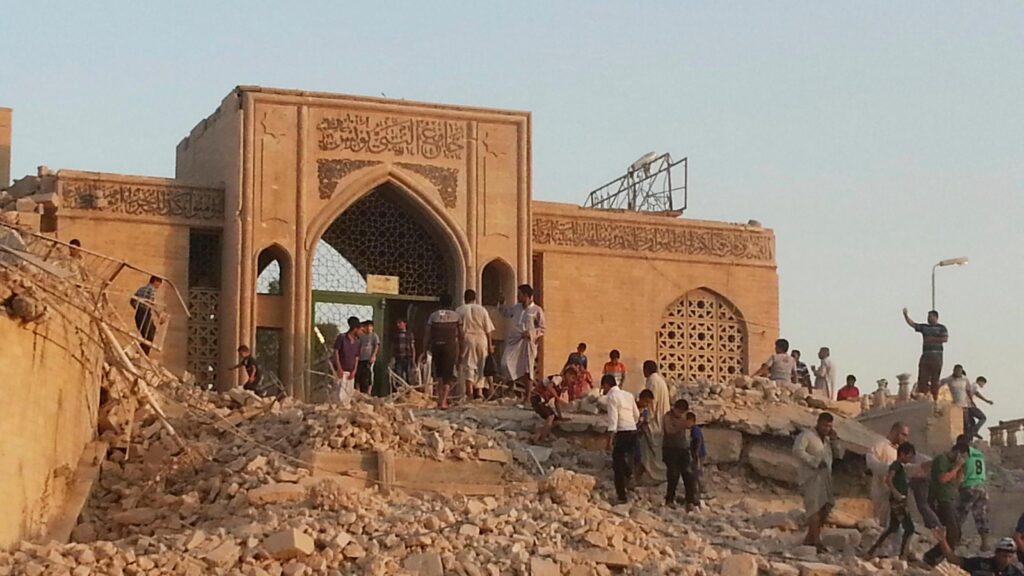
Located in Mosul, Iraq, the Tomb of Jonah was revered by Christians and Muslims alike. In 2014, ISIS militants destroyed it, viewing the worship at the tomb as a form of apostasy from their interpretation of Islam. This site, supposedly the final resting place of the prophet Jonah, held deep historical and spiritual significance as an expression of shared culture across religious divides.
8. The Georgia Guidestones
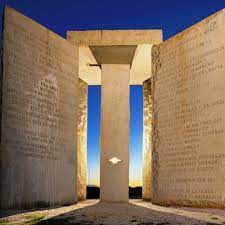
The Georgia Guidestones were a massive granite monument built to incorporate the most important pieces of knowledge learned by humanity at the time. They were commissioned by a group of anonymous philanthropists with no motive other than to benefit human beings removed from themselves in time, and perhaps by a gulf of knowledge. The monument was destroyed in 2022 by fundamentalist Christian extremists.
These events remind us of the devastating impact of intolerance and fundamentalism. Each loss echoes through history, a reminder of what we stand to lose when extremism overpowers understanding and respect for diversity.